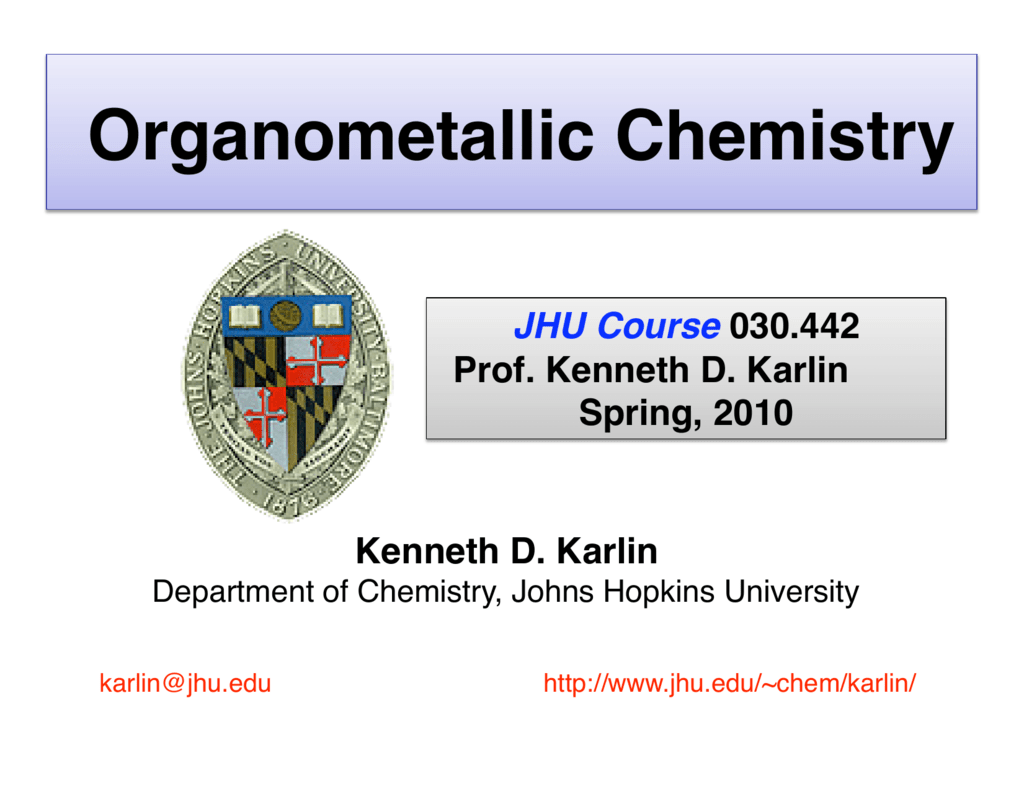Organomolybdenum chemistry is the chemistry of chemical compounds with Mo-C bonds. The heavier group 6 elements molybdenum and tungsten form organometallic compounds similar to those in organochromium chemistry but higher oxidation states tend to be more common.
Mo(0) and more reduced states
Molybdenum hexacarbonyl is the precursor to many substituted derivatives. It reacts with organolithium reagents to give anionic acyls which can be O-alkylated to give Fischer carbenes.
Mo(CO)6 reacts with arenes to give piano-stool complexes such as (mesitylene)molybdenum tricarbonyl. Cycloheptatrienemolybdenum tricarbonyl, which is related to (arene)Mo(CO)3, reacts with trityl salts to give the cycloheptatrienyl complex:
- (C7H8)Mo(CO)3 (C6H5)3C → [(C7H7)Mo(CO)3] (C6H5)3CH
Reduction of Mo(CO)6 gives [Mo(CO)5]2− which is formally Mo(-II).
CO-free Mo(0) compounds tend to be more reducing and kinetically labile than the carbonyl complexes. Examples include bis(benzene)molybdenum (Mo(C6H6)2) and tris(butadiene)molybdenum. Such compounds can be prepared by metal vapor synthesis and reductive routes from molybdenum(V) chloride.
Mo(II)
Halogenation of Mo(CO)6 gives Mo(II) carbonyl halides, which are also versatile precursors. One large collection of compounds have the formula (C5R5)Mo(CO)3X, derived from cyclopentadienylmolybdenum tricarbonyl dimer (X = halide, hydride, alkyl).
Treating molybdenum(II) acetate with methyllithium gives Li4[Mo2(CH3)8].
Mo(IV)
With the formula of the type Cp2MoX2 molybdocene dichloride (X = Cl) and molybdocene dihydride (X = H) are both known as are ansa metallocene analogues.
Mo(V) and Mo(VI)
Mo(CH3)5, Mo(CH3)6, and salts of [Mo(CH3)7]− are known.
Oxo and imide (RN=) ligands are found in several high oxidation state organomolybdenum compounds. The complexes (C5R5)MoO2X are illustrative. Schrock's Mo-based olefin metathesis catalysts feature molybdenum(VI) centers supported by alkoxide, alkylidene, and imido ligands.
Molybdenum neopentylidyne complexes endowed with sterically demanding phenolates or branched fluorinated alkoxides catalyze alkyne metathesis. However, preparation of these catalysts is problematic by the standard Schrock procedure. The trisalkoxide species 17 is active at room temperature.
Treating these Mo(III) complexes with dichloromethane gives methylidyne complex and a monochloride. The alkylidene complex tolerates basic amines and sulfides, which deactivate the more Lewis acidic complex such as Schrock complex. Higher gem-dichlorides RCHCl2 give longer-lived catalyst. To reconvert the chloride byproduct, they added magnesium in reaction. The p-nitrophenolate is a very active catalyst. On the other hand, alcoholysis of 21 with a tridentate ligand leading to still longer lifetime and better substrate scope.
Molybdenum nitride complexes with siloxide ligands are precatalysts for alkyne metathesis.
Potential applications
Mo-based catalysts are active for olefin metathesis.
Trisamidomolybdenum(VI) alkylidyne complexes catalyze alkyne metathesis.
In the Kauffmann olefination, molybdenum(III) chloride and methyllithium form an organometallic complex capable of carbonyl olefination.
References




